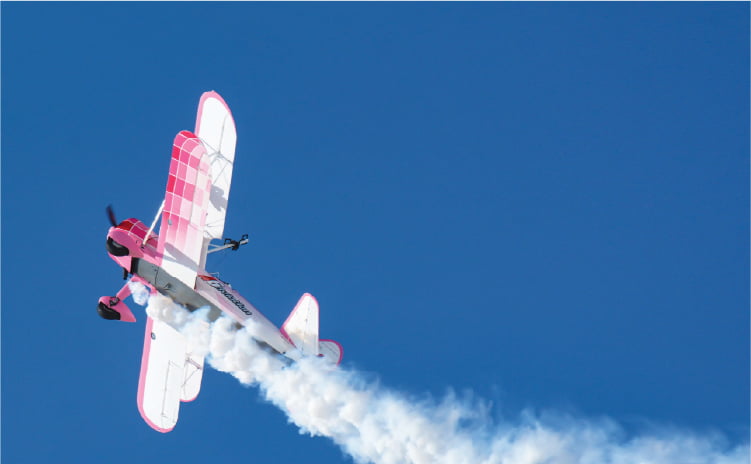As humanity, we wondered about the sky, ever since we could remember. We have made many great discoveries by observing the Sun, the Moon, and Stars. When our interest in the sky was combined with our passion to fly, we met one of the greatest technological innovations in history: airplanes…
Since the early 1900s, aviation has advanced along with the defence industry. Flight technologies advanced significantly during World Wars I and II because the governments budgeted heavily for military aviation.
However, it was the discovery of civil aviation that truly changed the world and liberated humanity to the utmost. The use of aircraft in the mail, shipment, and, finally, human transportation altered our perception of space and time radically.
We even crossed continents and mountains like birds, and reached beyond the limits of our minds, to the Moon. Today, we have robots exploring the surface of Mars and searching for life beyond the Solar System.
Would you like to learn more about a museum exhibiting humanity’s exciting flight adventures with all their milestones? If you are ready, let us travel to the United States and see the Smithsonian National Air and Space Museum’s extensive collection.
Smithsonian National Air and Space Museum
The Smithsonian National Air and Space Museum has the most extensive and significant collection in its field. The museum, which opened in 1976 in Washington DC, has a long history dating back to the 1800s.
Every year, more than 8 million people visit the Smithsonian which has a second location in Chantilly VA. The museum also houses an Astrophysical Observatory, which is regarded as an important training and research center in the fields of aviation and space.

1903 Wright Flyer
Wilbur and Oliver Wright brothers’ revolutionary invention that initiated aviation history is one of the most attractive items of the collection named “1903 Wright Flyer”. Seeing the original invention, replicas of which are exhibited in museums all over the world, is indeed a thrilling experience. In this section of the museum, many important documents and objects remind us of and honor the first moments of flight history.

Command Module “Columbia”
Neil Armstrong and his crew’s journey to the Moon in 1969 was one of the most significant achievements in space history. The Columbia Module, which served as the living quarters for the Apollo 11 crew throughout their historic journey, was donated to the Smithsonian National Air and Space Museum after being exhibited in cities across the US under NASA sponsorship. The Module is the only piece of the spacecraft that traveled to the Moon and returned to the World.

Spot: The spacesuit of Neil Armstrong, the first person to set foot on the Moon, is among the objects exhibited at the museum.

Spot: One of the most attractive pieces in the museum is the spaceship designed for the popular 1960s series Star Trek.

Spot: Curiosity’s scale model, which successfully landed on Mars in 2012 and revealed the unknowns of the Red Planet, attracts visitors’ attention.

The Unique Plane Collection
The Smithsonian National Air and Space Museum has the world’s largest and most diverse airplane collection. Here, the Bell X-1, which was the first airplane to surpass the speed of sound in 1946 takes the spotlight. Along with combat aircraft, the museum’s inventory also includes commercial aircraft. The museum houses airplanes of all shapes and sizes, from aerobatic planes and cargo planes to private jets and even helicopters.





